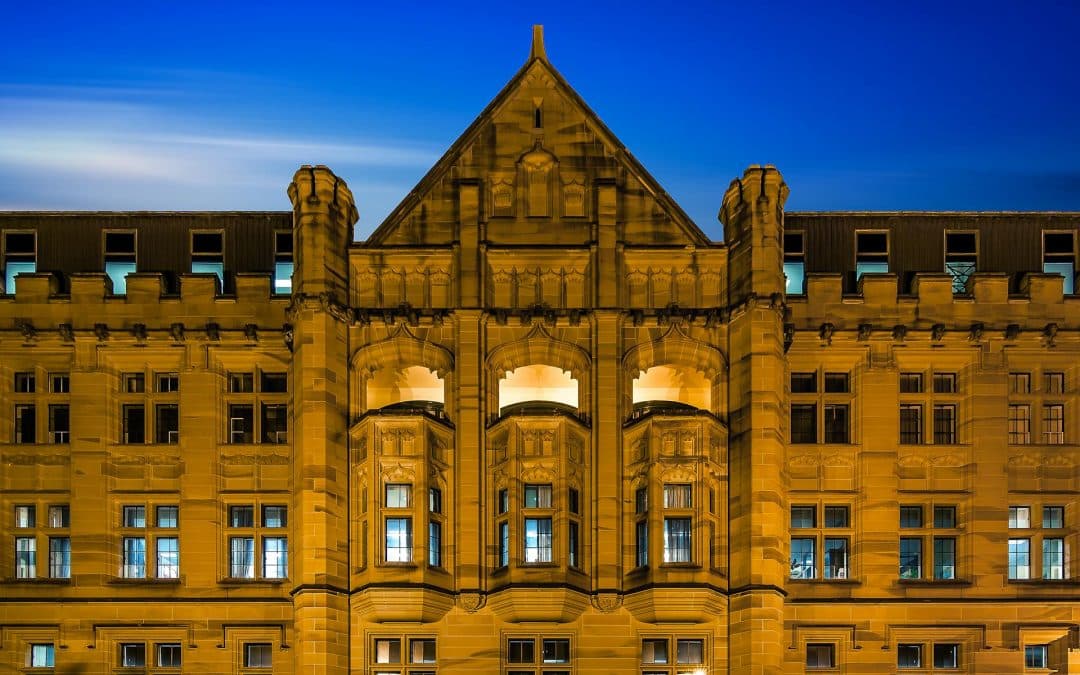Heritage buildings in New South Wales are vital pieces of history, showcasing the rich cultural and architectural past of the area. Preserving these treasures is both an honour and a responsibility, as it involves caring for the past while ensuring structures meet present-day needs.
Owning or managing a heritage-listed property comes with its set of challenges. Navigating through the regulations can be daunting but understanding these requirements is essential for any modifications. Embracing this journey ensures these buildings continue to tell their stories for years to come.
Working on heritage buildings requires careful planning and expertise. Whether you’re planning a small renovation or a major restoration, knowing where to start and who to consult makes the process smoother. Collaborating with the right professionals and local authorities ensures that your project will respect the heritage values while aligning with modern standards.
Understanding Heritage Building Guidelines
Heritage buildings in NSW are significant because they preserve the history and culture of the state. These structures offer a glimpse into the past, showcasing unique architectural styles and stories that form the backbone of local communities. Protecting these buildings is essential to maintain this legacy for future generations.
When it comes to modifying heritage sites, there are specific legal requirements and regulations you need to follow. Any changes made to these buildings must respect their historical value while addressing modern needs. The Heritage Act outlines guidelines for maintaining, altering, or developing heritage properties. You’ll need to obtain permits and adhere to rules set by both local and state authorities to ensure compliance.
Local councils play a critical role in the approval process for modifications. They work alongside Heritage NSW, which is responsible for overseeing heritage conservation across the state. These bodies assess proposals, ensuring any work on heritage buildings respects their historical importance while allowing for necessary updates. Following this process maintains the balance between preservation and progress, ensuring heritage buildings continue to enrich the community.
Planning and Approval Process
Getting the green light for work on heritage properties involves a structured planning and approval process. You must first research and understand the specific heritage significance of the building. This helps in crafting a proposal that aligns with both heritage values and project goals.
Here’s a simplified list of steps to acquire approval:
- Consultation: Engage with local council and Heritage NSW early in the process for guidance.
- Heritage Impact Statement (HIS): Prepare this document outlining the effects of your proposed changes on the heritage significance, and how you plan to manage these impacts.
- Required Documentation: Gather all necessary documents, including architectural plans, HIS, and environmental considerations.
- Submit Application: Lodge your application with the local council, which may forward it to Heritage NSW for a thorough review.
Challenges during planning might include navigating complex regulations or unexpected structural issues. Addressing these requires clear communication with authorities and possible adjustments to your plans. Being prepared and flexible ensures a smoother planning phase, laying the groundwork for a successful heritage project that respects the past while catering to present-day needs.
Preservation Techniques and Materials
Preserving the historical integrity of heritage buildings involves using techniques and materials that honour the original design. Best practices include carefully restoring existing features whenever possible, rather than replacing them. Understanding the building’s history allows you to choose materials and techniques that fit authentically within its architectural context.
Commonly used materials for heritage preservation include traditional lime mortar, timber matching the original species, and handmade bricks. These materials ensure that repairs match the existing structure, maintaining the building’s historic appearance. Techniques such as repointing with lime mortar or using traditional carpentry methods help maintain the authenticity of these structures.
Integrating modern technology needs a delicate balance to avoid compromising the building’s historical significance. For example, installing energy-efficient systems like discreet solar panels or hidden insulation can improve building performance while keeping the exterior unchanged. It’s essential to carefully plan these integrations, ensuring they blend seamlessly with the building’s character without diminishing its heritage value.
Working with Professionals
Engaging experienced professionals is crucial when dealing with heritage projects. These experts understand the complexities of conserving historical buildings, bringing valuable insight to the table. The benefits of hiring seasoned professionals include not only their technical skills but also their ability to foresee potential issues and navigate the intricate regulatory landscape.
The expertise needed comes from various fields, including architects specialising in heritage conservation and heritage consultants who guide compliance with regulatory requirements. Their knowledge ensures that any work undertaken respects the building’s historical and cultural significance, aligning with best practices and legal obligations.
Collaboration with local authorities is a vital part of the process. Professionals can liaise with councils and Heritage NSW, ensuring that all necessary approvals are secured efficiently. This partnership fosters a smooth workflow and successful project outcomes, balancing the need to preserve history with the demands of modern use.
Conclusion
Navigating heritage building requirements in NSW involves understanding the importance of these sites and the careful processes needed for modifications. Heritage buildings serve as enduring links to the past, embodying the stories and craftsmanship of previous eras. Through meticulous planning and a commitment to preserving their essence, these treasures can be adapted to meet modern needs.
Maintaining a heritage property requires dedication and respect for its historical value. By adhering to best practices and utilising the expertise of professionals, you can achieve a harmonious blend of old and new. The care taken in this process not only protects the heritage but also enriches community character and pride.
If you’re ready to embark on a heritage project, let Euroka Projects guide you through every step. Our seasoned team brings extensive experience in managing building projects across New South Wales, ensuring your heritage properties are preserved with the care they deserve while meeting all modern requirements. Contact us to learn how building developers can help make your vision a reality.

